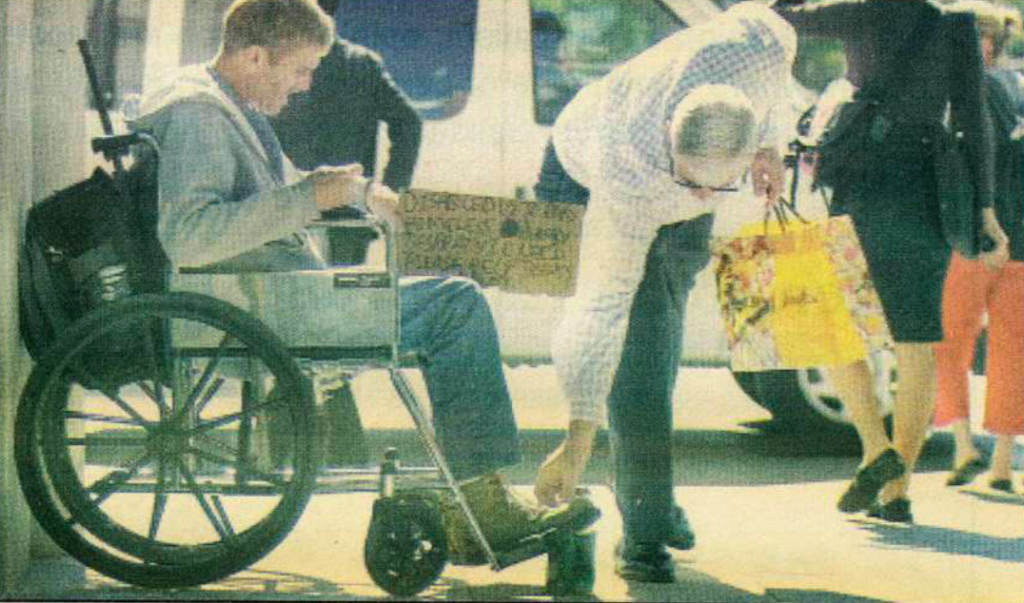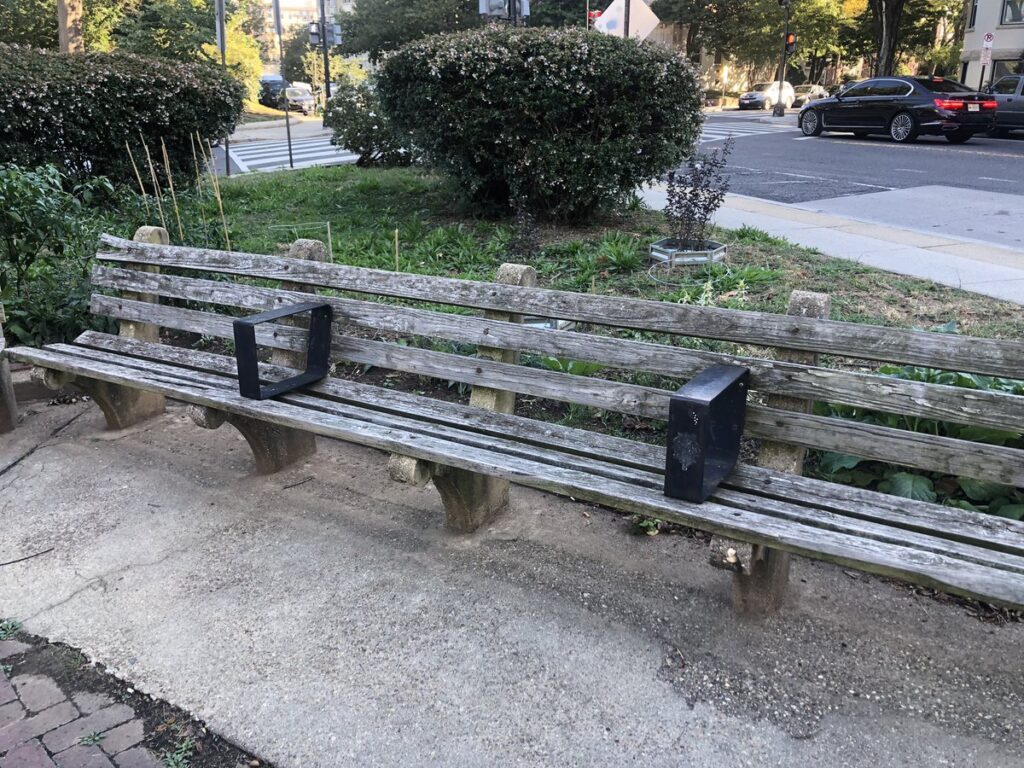Since late 2001, hundreds of thousands of U.S. military personnel have traveled overseas to serve in Operation Enduring Freedom (in Afghanistan) and Operation Iraqi Freedom. Over the past months, many of those personnel have begun to rotate home, relieving and delighting their loved ones. To homeless service providers, however, their homecoming means more than soldiers returning stateside – it signals the start of a new wave of homeless veterans.
Rising housing costs and gaps between the time military benefits end and veterans’ benefits begin can make returning home a struggle, according to homeless advocates. Additionally, soldiers must adapt to civilian life, search for jobs and housing and struggle with the emotional trauma that may result from time spent in a war zone.
According to a recent survey by the National Coalition of Homeless Veterans (NCHV) in Washington, D.C., homeless veterans from Iraq and Afghanistan are already beginning to trickle into the nation’s homeless system. In the D.C. area, two homes veterans of the recent conflicts have already sought help from the Department of Veteran Affairs (VA).
The numbers may seem small now, but many homeless service providers, outreach workers and veterans personnel are bracing themselves for what they fear may be a new surge of homeless veterans closely paralleling the dramatic post- Vietnam increase. A Sobering thought, given that 35 years after the conclusion of the Vietnam War, nearly 150,000 of its veterans are homeless on any given night, according to the NCHV.
Pete Dougherty, director of homeless programs at the VA, believes that the VA is prepared to meet the needs of recent veterans and does not expect a homelessness crisis of the magnitude seen following Vietnam.
Last spring, the VA Changed its intake form specifically to track veterans of Operations Enduring Freedom and Iraqi Freedom. As of January 2005, of the 13,000 new veterans seen by the VA since last spring (when the government first started asking veterans o intake forms about specific war service0. 126, less than three dozen needed VA healthcare treatment for substance abuse or post-traumatic stress disorder (PTSD) or help finding housing, said Dougherty.
“The initial snapshot of these new veterans shows us several interesting things, the first being that many are not what you and I would call ‘literally homeless.’ That is, they have a place to say right now, but they are either significantly underemployed or unemployed,” Dougherty said. “What they are telling us is that they are at risk of not being able to pay their rent.”
Still, the VA recognizes a need for more homelessness services for veterans. Currently, the VA partners with 300 nonprofit and faith-based transitional centers across the country. Once thousand beds were recently added to those shelters, and another 1,000 are slated to follow. In many cities, D.C. included, the VA has increased its staff involved in outreach and partnering with service providers.
In addition to supporting traditional shelter services, the AV has begun to offer “stand downs” to target veterans who are unlikely to seek help from the shelter system. Designed to echo the familiar model of a military exercise, the stand downs are “three-day experiences that allow homeless vets to sleep in a bed enjoy a hot meal, wash their clothes and have a shower,” said Dougherty. In 2003, the last time official statistics were gathered, the VA’s stand down program, served 22,000 homeless veterans.
The stand down programs and other VA efforts suggest that there are far more opportunities for new veterans to avoid homelessness than existed for Vietnam veterans, who had only roughly 170 clinics and veteran centers available to them nationwide. But despite the increases in centers and services, Linda Boon of the NCHV argues that it is not enough. Given that nearly 500,000 veterans are homeless at some point in any given year, said Boon, the VA is only serving 20 percent of them.
While the VA’s homeless program continues to do as much as it can to help the current population of homeless veterans, staff at the department also home to prevent a new cycle from forming.
“Early intervention and prevention of homelessness is smarter economically, and is better for the health of both the individual and society,” said Dougherty.
Upon returning from combat, soldiers undergo a routine health screening, and a “very long list of questions” has been added to that screening, said Dougherty, to help identify early signs of PTSD or depression. If warning signs are found, the soldier can be immediately referred to appropriate psychiatric care. The best thing that friends and family can do for returning veterans, he said, it to “encourage vets to really take advantage of that service and seek early treatment.”
Similarly, if a veteran falls through the cracks of the initial screening process and winds up seeking help from local homelessness service providers, Dougherty said that “the best thing for [a service provider] to do as soon as they see one of these new veterans is to make sure that they are seen by the VA healthcare system,” because the veterans are almost certainly dealing with at least one of two issues: a serious employment or financial crisis or a significant health care problem.
“The earlier we can get a person in to the system,” Dougherty said, “the easier and less debilitating the recovery process will be.”








